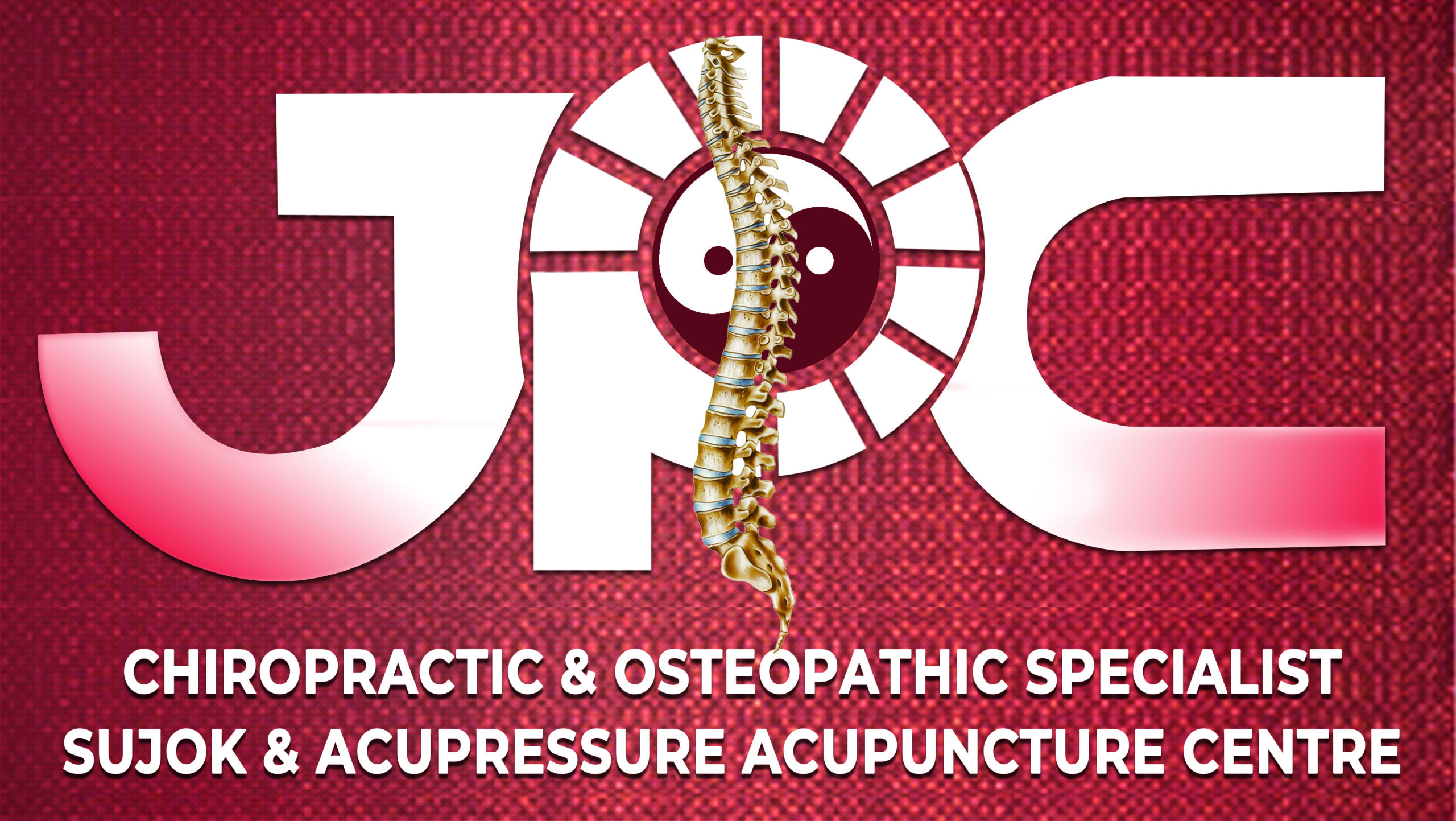Sinus refers to a group of air-filled spaces located in the bones of the face and skull. These spaces are connected to the nasal passages and play a crucial role in the respiratory system. When the sinuses become inflamed or infected, a condition known as sinusitis occurs. In this article, we will explore the causes, symptoms, diagnosis, and treatment options for sinusitis.
Causes: Sinusitis is commonly caused by viral or bacterial infections. It can also be triggered by allergies, nasal polyps, a deviated septum (a shift in the nasal cavity’s structure), or certain medical conditions that affect the immune system. When the sinus tissues become inflamed, they produce excess mucus, which can block the sinuses and lead to the growth of bacteria or viruses.
Symptoms: The symptoms of sinusitis can vary in severity and duration. Common symptoms include facial pain or pressure, nasal congestion, thick nasal discharge, loss of smell, cough, fatigue, and headache. These symptoms may worsen when bending forward or lying down. Acute sinusitis typically lasts for a few weeks, while chronic sinusitis persists for longer periods, often lasting for more than three months.
Diagnosis: To diagnose sinusitis, a healthcare provider will evaluate an individual’s medical history and perform a physical examination. They may examine the nasal passages using a lighted instrument and may gently press on the facial areas over the sinuses to check for tenderness or pain. In some cases, additional tests such as imaging studies (CT scan or MRI) or nasal endoscopy may be recommended to assess the sinuses’ structure and rule out other potential causes.
Treatment: The treatment of sinusitis aims to relieve symptoms, reduce inflammation, and clear any infection. The approach depends on the severity and duration of symptoms. Treatment options may include:
- Self-care measures: For mild cases of sinusitis, self-care measures can often help alleviate symptoms. These may include using saline nasal rinses or sprays to keep the nasal passages moist, applying warm compresses to the face, staying hydrated, and getting adequate rest.
- Medications: Over-the-counter pain relievers, such as acetaminophen or ibuprofen, may help relieve facial pain and headaches associated with sinusitis. Nasal corticosteroid sprays can reduce inflammation, and decongestants can temporarily relieve nasal congestion. In cases of bacterial sinusitis, antibiotics may be prescribed.
- Allergy management: If allergies are contributing to sinusitis, identifying and avoiding allergens, or using allergy medications, may help reduce symptoms and prevent further episodes.
- Surgical intervention: In chronic or recurrent cases of sinusitis that do not respond to other treatments, surgical intervention may be considered. Functional endoscopic sinus surgery (FESS) aims to improve the drainage of the sinuses and remove any blockages, such as nasal polyps or structural abnormalities.
Prevention: Taking preventive measures can help reduce the risk of sinusitis. These may include:
- Practicing good hand hygiene: Regular handwashing can help prevent the spread of viral and bacterial infections that can lead to sinusitis.
- Managing allergies: If you have allergies, work with your healthcare provider to develop an allergy management plan to minimize symptoms and reduce the risk of sinusitis.
- Avoiding irritants: Minimize exposure to irritants such as cigarette smoke, strong chemicals, and air pollutants, as they can worsen sinus inflammation.
- Maintaining good nasal hygiene: Regularly rinsing the nasal passages with saline solutions or using nasal sprays can help keep the sinuses clean and moist.
In conclusion, sinusitis is a common condition characterized by inflammation or infection of the sinuses. Understanding the causes, symptoms, diagnosis, and treatment options for sinusitis can help individuals seek timely medical attention and effectively manage the condition. If you suspect you have sinusitis or have concerns about your respiratory health, it is important to consult a healthcare professional for proper evaluation and guidance.




